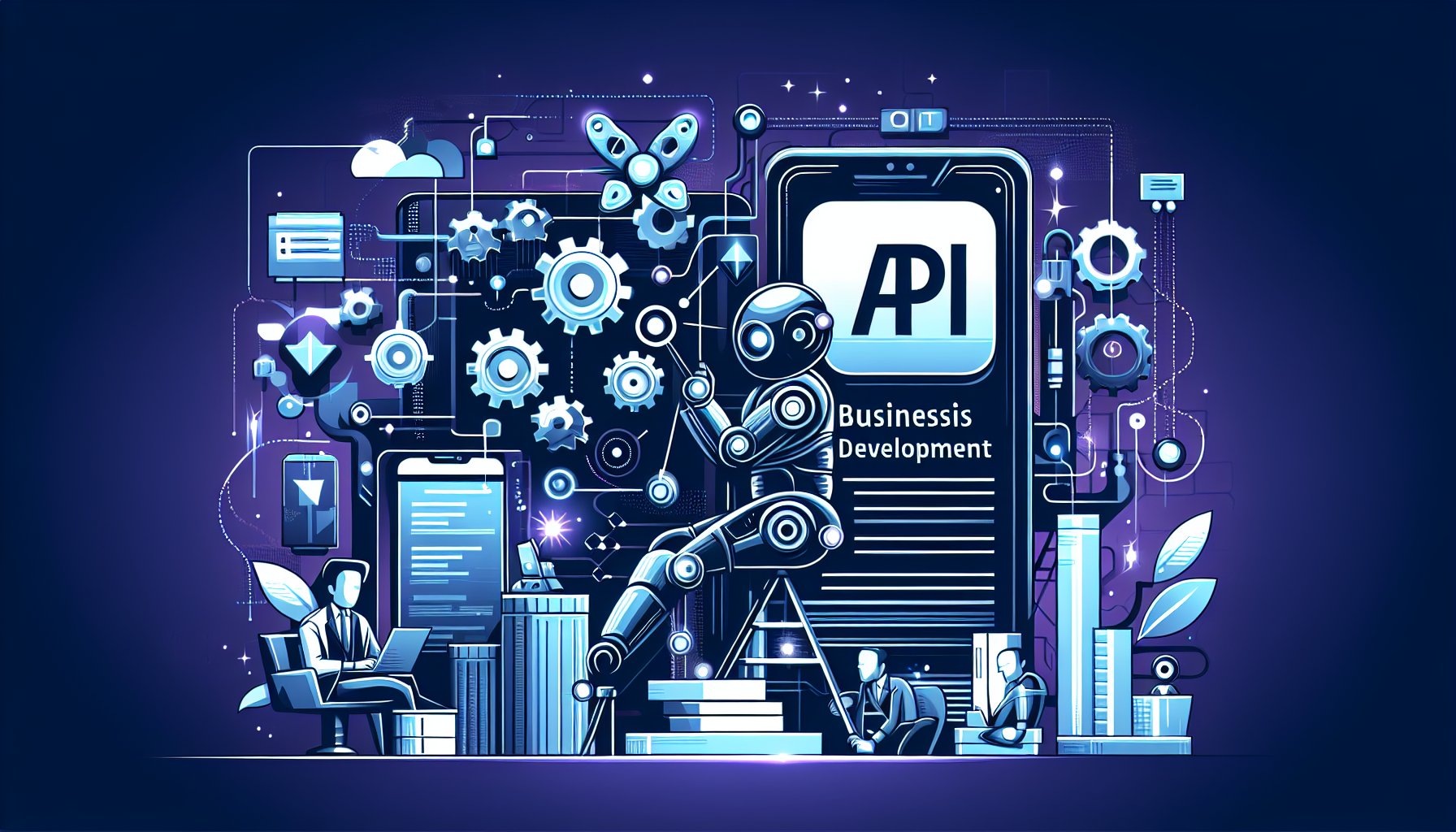Introduction
Welcome to the future of API Development! In our fast-paced, evolving digital landscape, APIs have become the cornerstone of modern software development, enabling seamless integration and communication between diverse systems, platforms, and applications. This blog post provides a comprehensive look at the latest trends, innovative solutions, and forward-thinking strategies in API development.
Embracing RESTful API and GraphQL
As we push forward into the future, RESTful APIs continue to dominate the scene with their simplicity and robustness. Coupled with the rising popularity of GraphQL for its powerful querying capabilities, developers now have at their disposal a potent combination that can cater to varied and complex use cases.
// Example of a GraphQL query
{
User(id: "1") {
name
posts {
title
comments {
text
}
}
}
}
Microservices and Serverless Architecture
Microservices architecture has emerged as a powerful pattern for developing scalable and manageable APIs. It allows for the modularization of a monolithic application into smaller, more manageable services that can be developed, deployed, and scaled independently. On the other side, serverless architecture, with providers like AWS Lambda and Google Cloud Functions, is changing the way we build and deploy applications, making it easier to scale and reduce costs.
Securing your APIs
In the era of data breaches and cyber threats, API security cannot be an afterthought. Incorporating security measures such as OAuth for authentication, JWT for information exchange, and CORS for safer cross-origin resource sharing, has become a necessity in modern API development. Additionally, API Gateways have gained prominence for their ability to handle requests, enforce security, manage traffic, and ensure performance.
// Example using JWT
const jwt = require('jsonwebtoken');
const token = jwt.sign({ user: 'example' }, 'secret_key');
Standardizing with OpenAPI Specification
OpenAPI Specification (OAS) has emerged as a crucial standard for designing, building, and documenting APIs. By adopting OAS, developers can offer clear and concise API documentation, making it easier for other developers to understand and integrate APIs into their services.
Conclusion: Staying Ahead of the Curve
The future of API development is bright, filled with endless opportunities and challenges. Embracing modern development methodologies like RESTful APIs, GraphQL, microservices, and serverless architectures, while ensuring security and standardization, will allow developers to stay current and competitive in the ever-evolving technological landscape.
As we continue to innovate and push the boundaries of what's possible, it's crucial to stay informed about emerging trends and technologies. Continue to learn, experiment, and adapt, and you'll undoubtedly stay ahead of the curve in the exciting world of API development.
